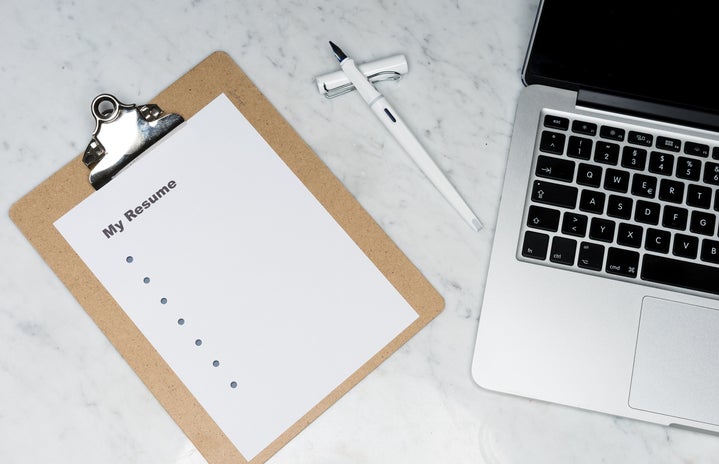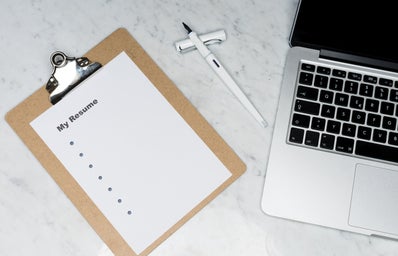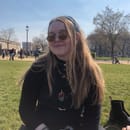As a soon-to-be graduate of college, applying to jobs has become a major concern in my life. With that comes the tedious task of perfecting my resume. With so many resume websites aiming to help you create the perfect resume, it can be a daunting task to know what and what not to include, what template to choose, and how best to format your resume on your own. So here are some basic tips and tricks as well and some information on what each section includes and why to help you create your perfect resume.
1. Name and Degree
This section is usually a clearly indicated header on your resume that includes your first and last name and your degree for example it might read “Jane Smith, MBA”.
2. Contact Info
This section normally contains your email, the best phone number to reach you at, and the city you are working in. Here may also be a good place to include your LinkedIn profile link.
3. Professional Summary
This section can be important to include when applying to specific jobs. It sets the tone for the rest of your resume by describing a very general overview of your professional experience and your skills. It should be 5-7 sentences. Keep in mind that if you’re using websites such as Indeed, it may filter you out of some jobs if your experience doesn’t match the job description of a business. Also, note that not all resumes need a professional summary. If you are finding it hard to squeeze everything into 1-2 pages, it may be helpful to not include this section.
4. Area of Expertise/Skills
This section is a list of your skills that are relevant to the job you are applying for. Here is a good place to include keywords so that you are matched with job descriptions that include those skills if using a website like Indeed. It is also a good idea here if you are applying for a specific position to include skills you have that match the ones they have listed.
5. Education and Achievements
This is a section to list your educational experience. If you are applying with an expected BA or BS, that may look like “Bachelor of Arts (BA)” or “Bachelor of Science (BS)” as the main point with the specific school, location, and graduation date listed below. If you are expecting to receive it soon that section may look like “American University – School of International Service, DC – Expected May 2021”. You can also include your majors and minors in this section. This is also a good section to list out any awards or achievements that may make you stand out.
6. Technical Proficiencies (if applicable)
This short section is a place to list the technical training you have. This could include Twitter, Instagram, Microsoft Excel, etc., or more advanced software or tech capabilities if applicable.
7. Work/Internship Experience
This is the section where you can go into more detail about the professional roles you have had. Many times it can be hard to decide what roles to include if you have a lot of experience, try to include work that is similar to the job you are applying for and weed out the work experience that doesn’t really apply. Also, try to keep these more recent, unless it is very applicable try to avoid work from middle or high school if you are applying in college. When possible, make sure to include quantifiable experience and achievements as well as specific examples, figures, or case studies that show your abilities more concretely. This may look like this:
Role at the organization (dates you worked there ex: May 2020-December 2020)
Organization name and location
A general explanation of your role at the organization
Key Accomplishments:
-
Achieved __% of quote
-
Led x amount of programs
-
Taught groups of x amount of students
-
Created x amount of Instagram infographics
8. Volunteer Work
This is a place to list volunteer work you may have done that relates to the job you’re applying for. This is a good section to include the experience you have that is relevant but was in perhaps a less professional setting (if applicable). Keep the structure similar to the work and internship section.
9. Final Tips
- Try to keep your resume to one page, two if absolutely necessary.
- Keep the theme professional, but doesn’t have to only be black and white text if you want to include a bit of color.
- Make different resumes for different types of applications. For example, I have one for service industry work and one for the business world.
I hope this short outline helps you to create your perfect resume. For more information here are some websites that might help you make it even better: Indeed, Zety, CareerSidekick.
Sources: 1, 2, 3, 4, 5, 6, 7, 8, 9
Photos: Her Campus Media Library






